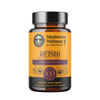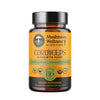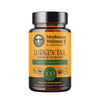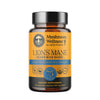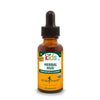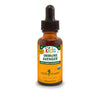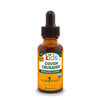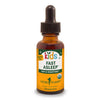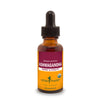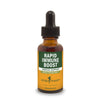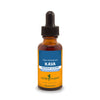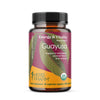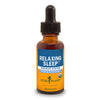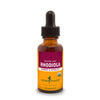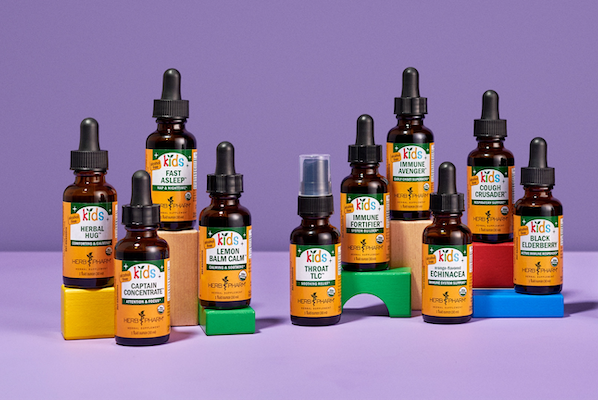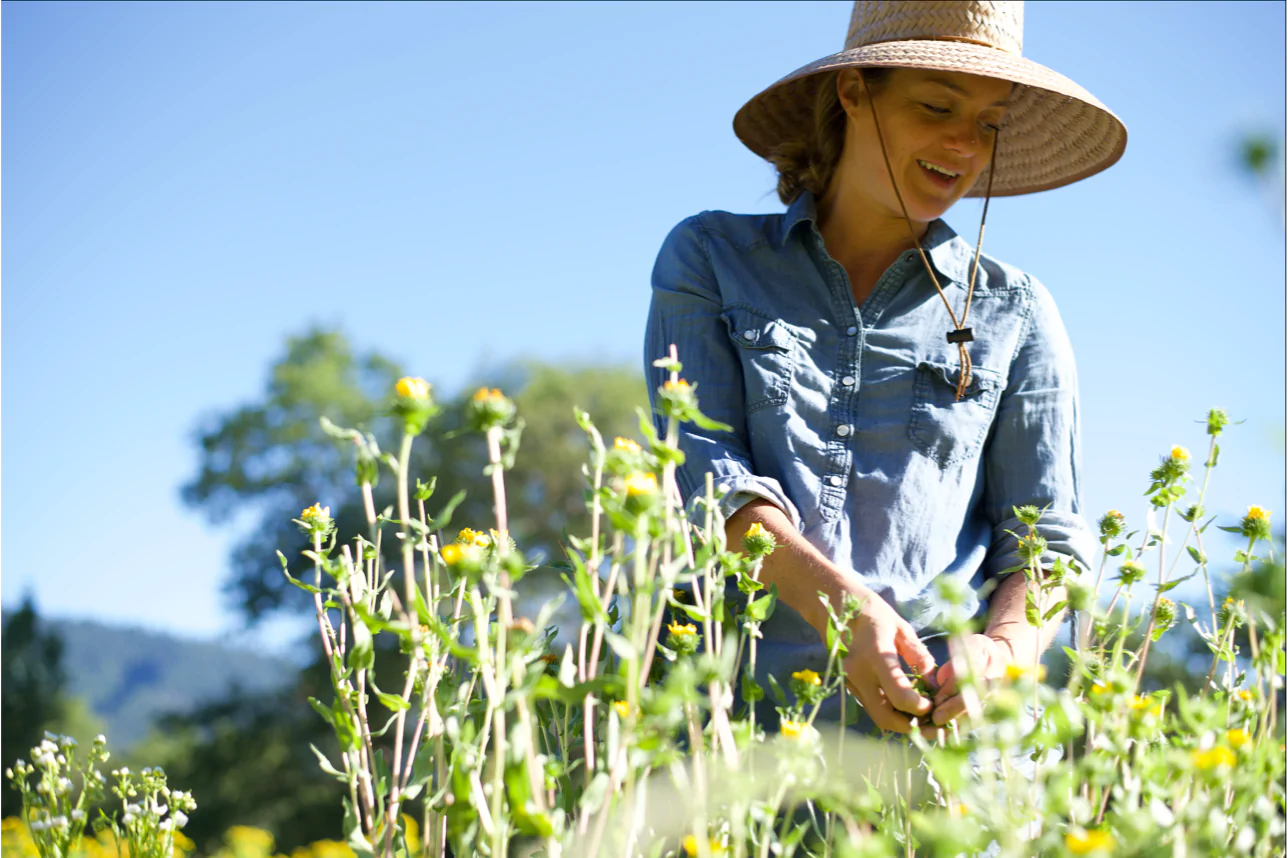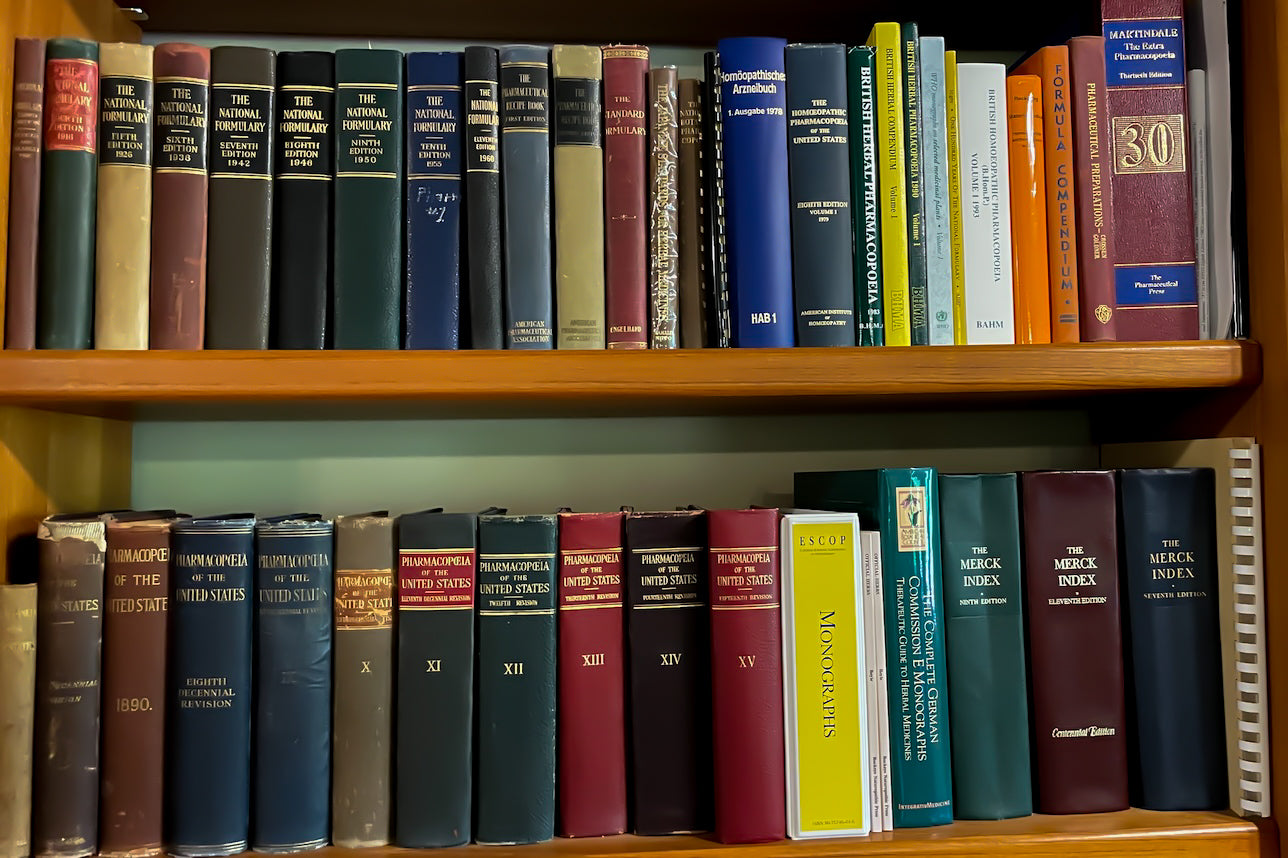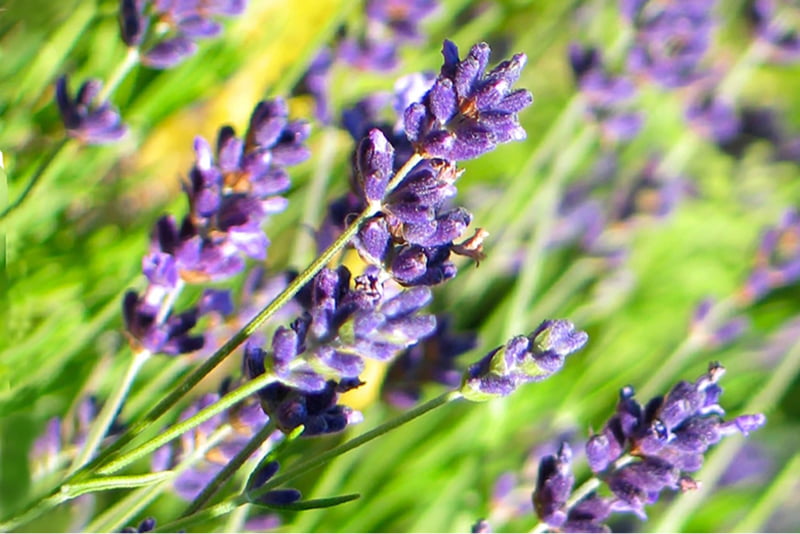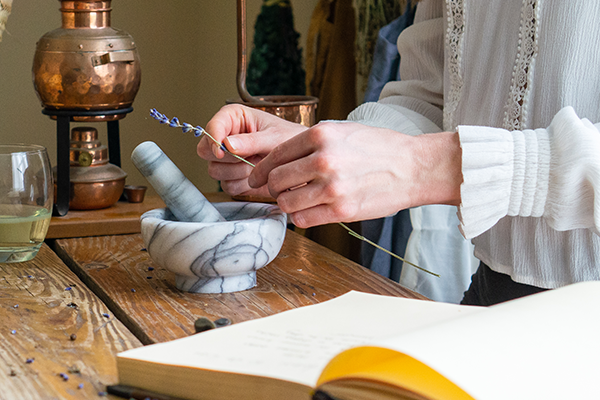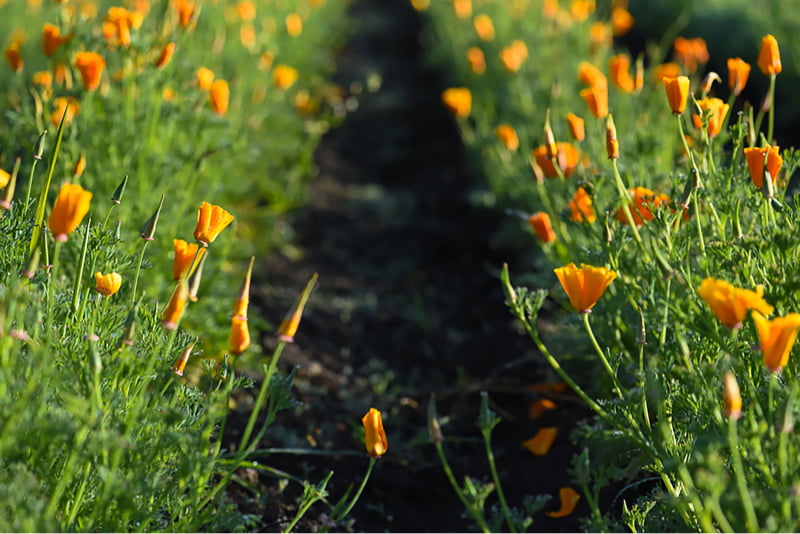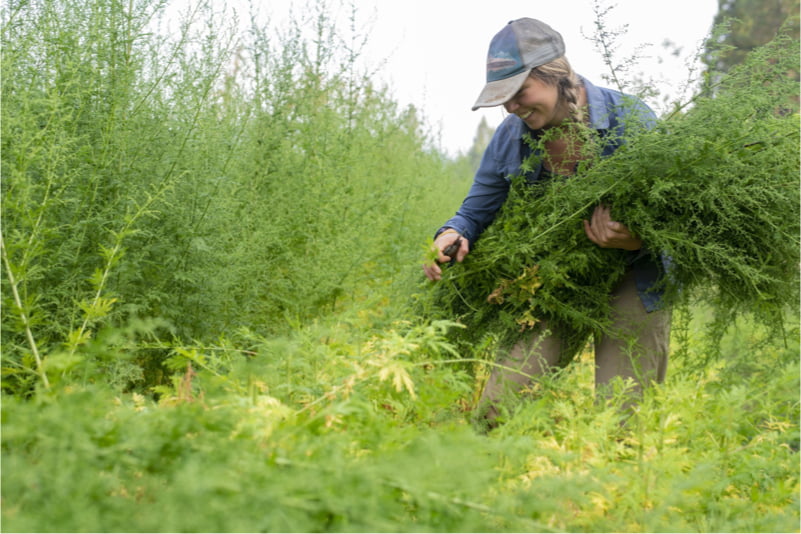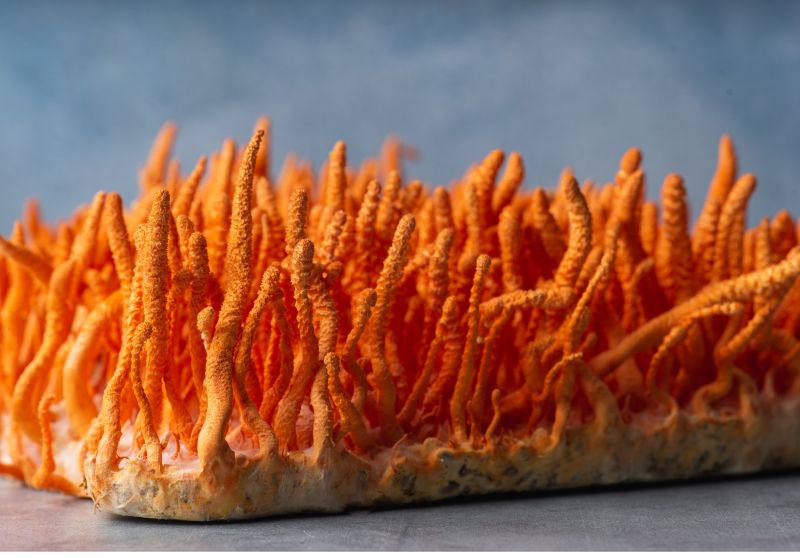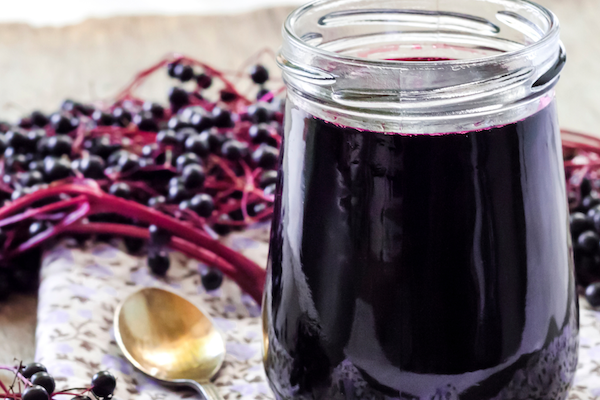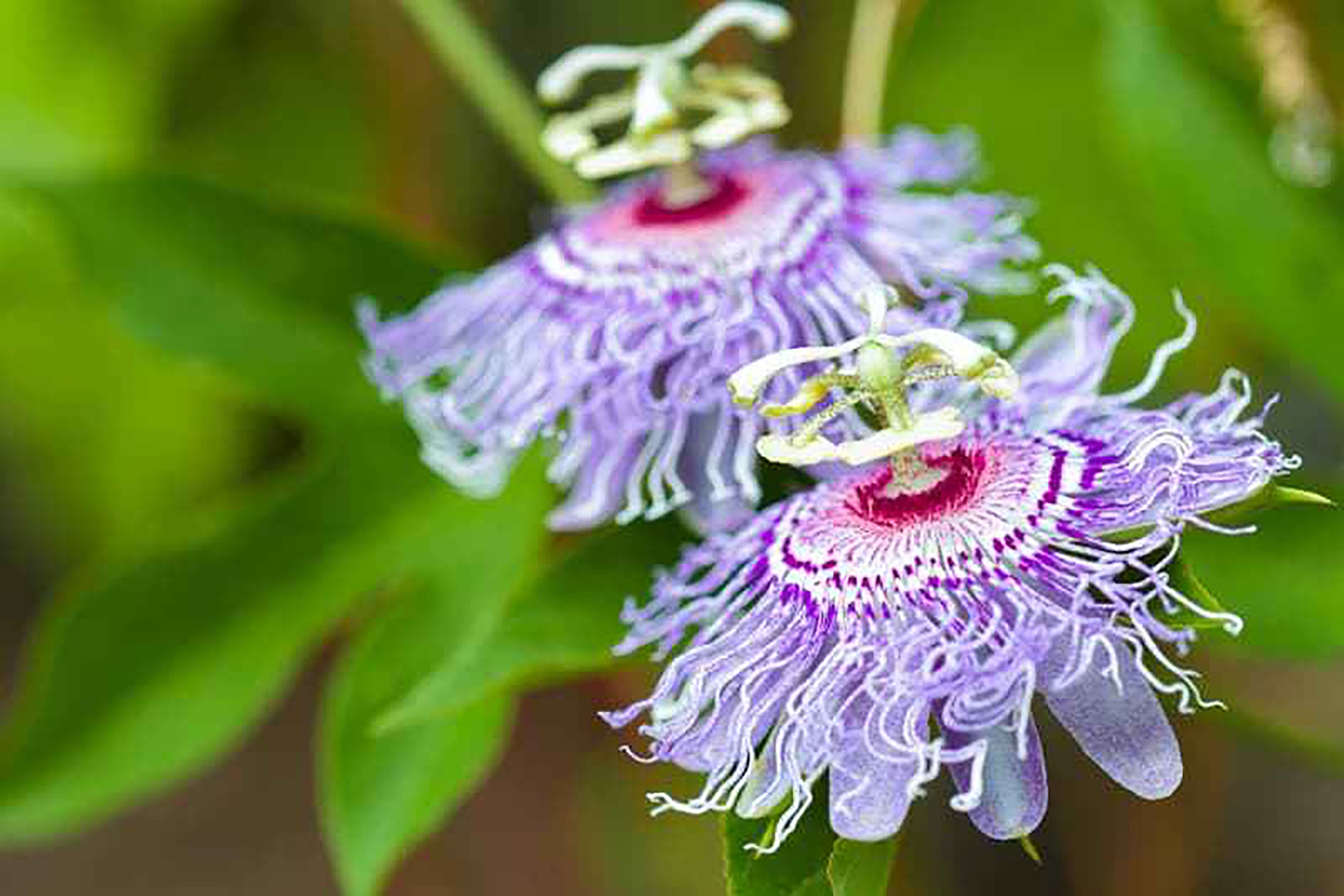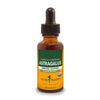Description
The herbaceous plant is a perennial that reaches up to approximately 1.5 feet (0.4 meters) tall.3,6 The stem has sparse white hairs.6 The leaves are pinnately compound, alternate and elliptical shaped.6 They are smooth on the top and have white hairs on the underside.6 The yellow small, tubular flowers occur in a raceme.3,6 Its fruit is an elongated papery smooth legume and the seeds are dark brown and kidney-shaped.6 The root is a yellow-brown taproot.3,6
Origins & History
This herb prefers the slopes of mountains and bright grasslands with full sun and sandy soil.4,6 Due to the plant’s own high nitrogen content, it requires soil with low levels of that element to create acceptable roots. Astragalus is indigenous to northeast China, central Mongolia, Korea, and Siberia with cultivation mainly in China and Korea.3,6
The use of Astragalus is perceived to date back to the first century A.D. and was introduced in the ancient text Divine Husbandman’s Classic of the Materia Medica by the founder of agriculture and Chinese civilization, Shen-nong Ben-cao Jing.6 Astragalus was thought to be in a highly respected superior class of tonic herbs that are not the strongest, but work more slowly over the long-term.6 The scholar T’ao Hung-ching wrote that superior herbs were “rulers… they control the maintenance of life and correspond to heaven”.6 The translation of the herb’s Chinese name, Huang Qi, stands for “yellow leader,” which denotes the color of its roots and its principal position within the superior class of herbs.4
Different species of Astragalus have been used by indigenous people across North America for food, ceremony, fodder, tools, toys and in herbalism.5
